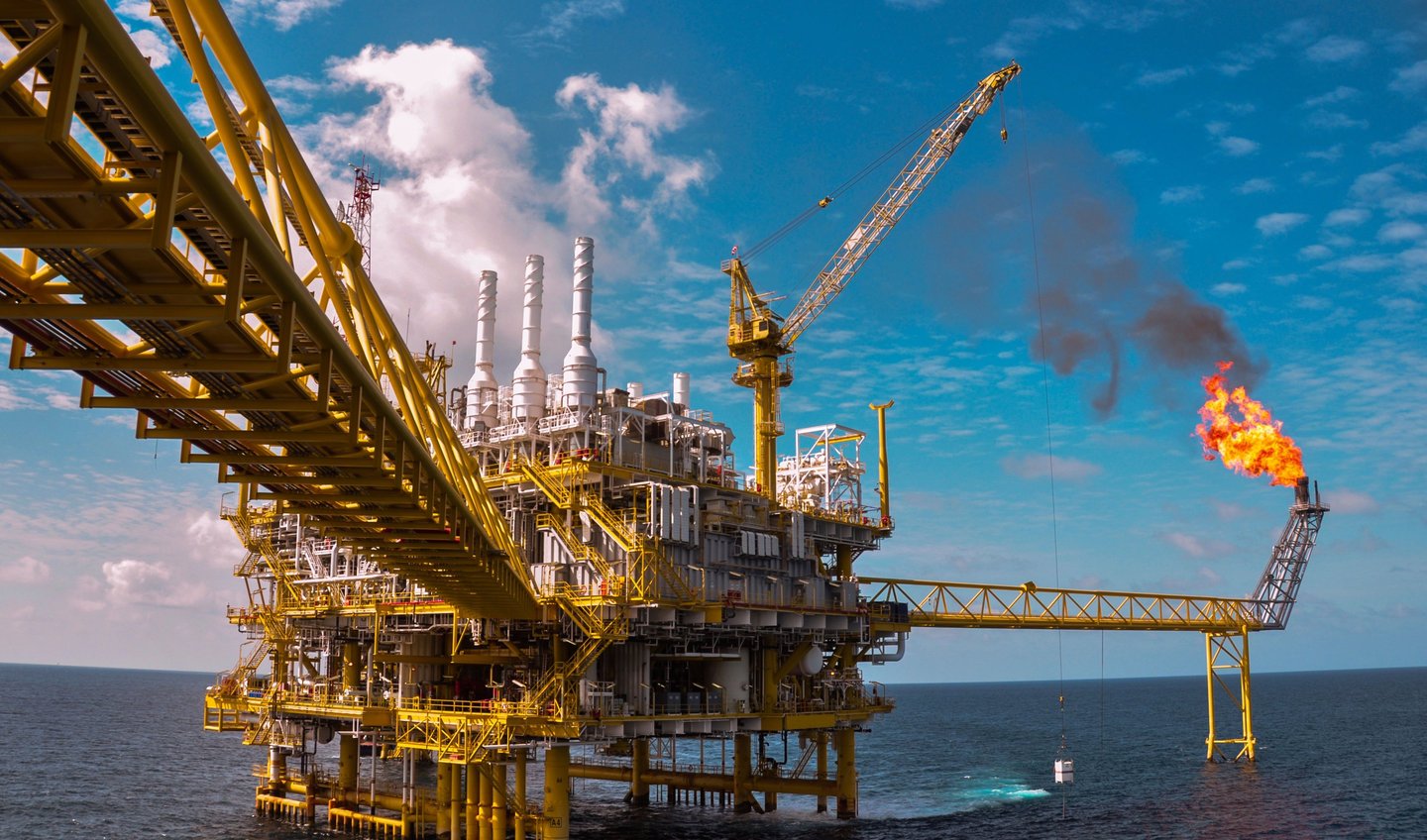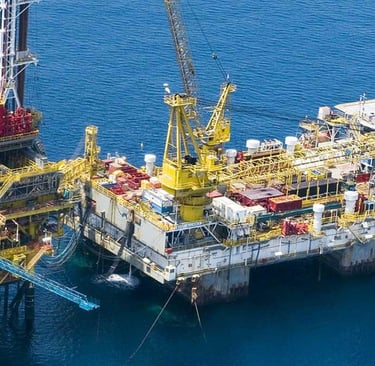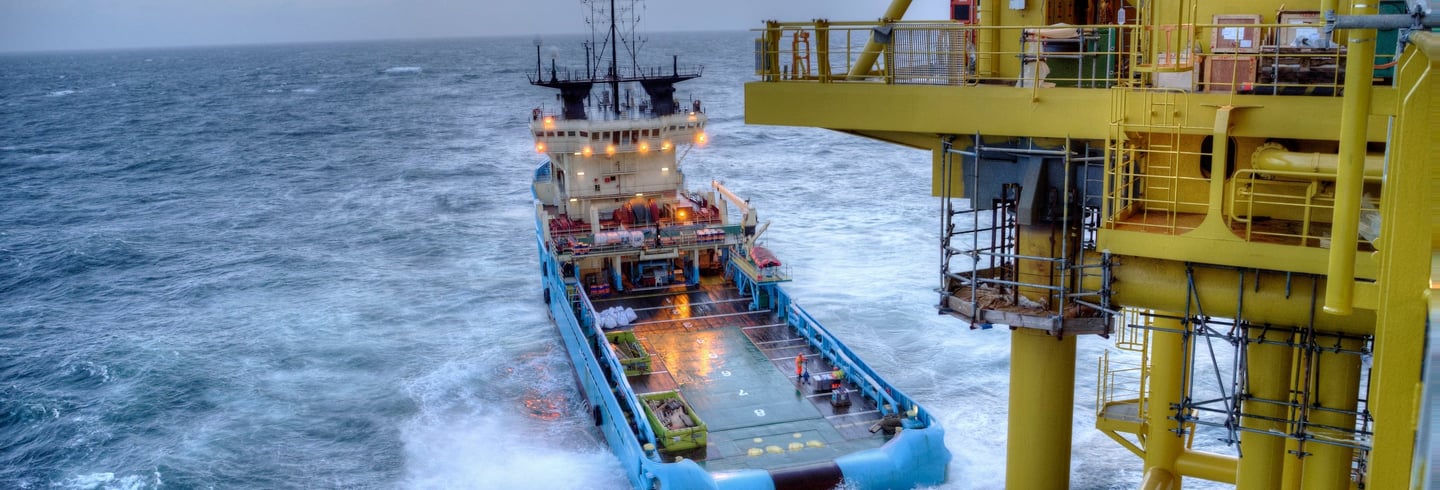📞+86 153 7530 2641 📧 hongjing.Wang@feichuncables.com
Is Your Shore Power Cable Ready for Australian Ports? Why PNCT Marine Cables Must Comply with AS/NZS 3000, AS/NZS 4967, and AS/NZS 3808 Standards?
Discover how PNCT-based floating dock shore power cables meet the strict environmental and performance demands of Australian ports. This blog explains why compliance with AS/NZS 3000,AS/NZS 4967, and AS/NZS 3808 is essential for safety, flexibility, and long-term reliability in marine applications across Australia's diverse coastal environments.
hongjing.Wang@Feichun
7/9/202510 min read


Introduction: The Critical Role of Shore Power Cables in Australian Ports
Australian ports are undergoing a fundamental transformation as the maritime industry embraces cleaner, more sustainable operations. The increasing demand for shore power systems, also known as cold ironing, represents one of the most significant developments in modern port infrastructure. This technology allows berthed vessels to shut down their auxiliary engines and connect to the local electrical grid, dramatically reducing emissions, noise pollution, and fuel consumption while ships are docked.
However, the implementation of shore power systems in Australian ports presents unique challenges that demand sophisticated cable solutions. The harsh marine environment, characterised by relentless saltwater exposure, intense UV radiation, extreme humidity, and constant movement from tides and vessel motion, creates some of the most demanding conditions for electrical infrastructure anywhere in the world. From the tropical intensity of Darwin's climate to the temperate but equally challenging conditions in southern ports like Melbourne and Adelaide, Australian coastal environments test cable systems to their limits.
The importance of marine-grade flexible cables becomes particularly evident in floating dock applications, where traditional rigid electrical systems simply cannot cope with the dynamic nature of the marine environment. These installations require cables that can withstand constant flexing, twisting, and exposure to corrosive elements while maintaining electrical integrity and safety standards. The consequences of cable failure in these critical applications extend far beyond simple maintenance issues – they can result in environmental damage, safety hazards, and significant operational disruptions that cost the maritime industry millions of dollars annually.
This comprehensive analysis examines why PNCT (Polychloroprene rubber) marine cables have become the preferred solution for Australian shore power installations and explores the crucial role that AS/NZS standards compliance plays in ensuring system reliability, safety, and longevity.
What Is a PNCT Cable and Why Is It Used in Marine Applications?
PNCT cables represent a sophisticated evolution in marine electrical technology, where the acronym stands for Polychloroprene rubber (commonly known as Neoprene) sheathed cable. This specialized cable construction has been specifically engineered to address the unique challenges presented by marine environments, offering superior performance characteristics that make it indispensable for modern port operations.
The core advantages of PNCT cables stem from the exceptional properties of polychloroprene rubber. This synthetic rubber compound exhibits remarkable resistance to oil contamination, a critical consideration in port environments where hydraulic fluids, diesel fuel, and other petroleum products are commonplace. The material's inherent UV stability ensures that prolonged exposure to Australia's intense sunlight will not degrade the cable's protective sheath, while its resistance to salt spray corrosion makes it ideally suited for the harsh coastal conditions found in all Australian ports.
A typical 0.6/1kV PNCT 95SQ×5C cable exemplifies the sophisticated engineering that goes into these marine-grade systems. The designation indicates a cable rated for 600V to 1000V applications, with five conductors each having a cross-sectional area of 95 square millimetres. This configuration is commonly used for three-phase power systems with neutral and earth conductors, providing the robust power delivery capabilities required for shore power applications.
The internal structure of PNCT cables reflects their marine-specific design. Each conductor is constructed from high-quality stranded copper to provide flexibility while maintaining excellent electrical conductivity. The conductors are individually insulated with specialized compounds that resist moisture ingress and maintain their dielectric properties even in high-humidity environments. The polychloroprene sheath provides the final layer of protection, engineered to withstand the mechanical stresses of marine installation while providing a barrier against environmental contamination.
When compared to alternative cable technologies, PNCT cables demonstrate clear superiority in marine applications. PVC cables, while cost-effective for land-based installations, lack the flexibility and environmental resistance required for marine use. They become brittle in cold conditions and can degrade rapidly when exposed to UV radiation and salt spray. PUR (polyurethane) cables offer better flexibility than PVC but cannot match the chemical resistance and weathering properties of polychloroprene. Even specialized marine cables like H07RN-F, while superior to standard industrial cables, typically lack the specific formulation optimizations that make PNCT cables ideally suited for the demanding requirements of Australian port environments.
Why AS/NZS Standards Matter for Marine Shore Power
The complex regulatory landscape governing marine electrical installations in Australia is built around a comprehensive framework of AS/NZS standards that ensure safety, reliability, and interoperability across all port operations. Understanding these standards is crucial for anyone involved in the design, installation, or maintenance of shore power systems.
AS/NZS 3000 – Electrical Installations
AS/NZS 3000, commonly known as the "Wiring Rules," provides the fundamental safety framework for all electrical installations in Australia and New Zealand. This standard establishes the basic requirements for electrical wiring that ensure the protection of people, property, and equipment from electrical hazards. In the context of marine shore power installations, AS/NZS 3000 is particularly relevant because it addresses the specific challenges posed by moist and corrosive environments.
The standard requires that all electrical installations in potentially corrosive environments, such as those found in marine settings, must use appropriately rated cables and protective systems. It mandates specific installation practices for areas where salt spray, high humidity, and temperature variations are common. For shore power applications, this includes requirements for proper cable support, protection against mechanical damage, and the use of corrosion-resistant fittings and enclosures.
Compliance with AS/NZS 3000 ensures that shore power installations integrate seamlessly with the broader electrical infrastructure of Australian ports while maintaining the highest safety standards. The standard's requirements for earthing, isolation, and protection systems are particularly relevant to marine applications, where the consequences of electrical faults can be severe.
AS/NZS 4967 – Marine Electrical Installations
AS/NZS 4967 represents the most specific and relevant standard for marine shore power applications. This comprehensive standard addresses the unique challenges of electrical installations in ports, on docks, aboard ships, and in other marine environments. It recognizes that marine electrical systems face environmental stresses that are largely unknown in terrestrial applications.
The standard places particular emphasis on UV resistance, acknowledging that Australian coastal environments subject electrical equipment to some of the most intense solar radiation in the world. It requires that all external cables and fittings be capable of withstanding prolonged UV exposure without degradation. This is particularly relevant for floating dock installations, where cables may be exposed to direct sunlight for extended periods.
Corrosion resistance requirements in AS/NZS 4967 are specifically tailored to marine environments, addressing not only the direct effects of salt spray but also the accelerated corrosion that can occur in the presence of dissimilar metals and electrical currents. The standard mandates specific material requirements and installation practices that prevent or minimize corrosion-related failures.
The mechanical durability requirements of AS/NZS 4967 are particularly relevant to floating dock scenarios and temporary supply applications. The standard recognizes that marine electrical systems must be able to withstand constant movement, vibration, and mechanical stress while maintaining their electrical integrity. This includes specific requirements for cable bending radii, strain relief systems, and flexible connections that can accommodate the dynamic nature of marine installations.
AS/NZS 3808 – Reeling and Trailing Cables
AS/NZS 3808 becomes particularly relevant when shore power cables are used in drum, winch, or drag chain applications. This standard addresses the specific requirements for cables that must withstand repeated reeling and unreeling operations, which are common in port environments where mobile shore power units are used.
The standard establishes strict requirements for minimum bending radius, which is crucial for preventing conductor damage and maintaining the integrity of the cable's insulation system. It also specifies requirements for conductor structure, mandating the use of specific wire configurations and materials that can withstand the mechanical stresses of repeated bending and flexing.
The durability requirements of AS/NZS 3808 are particularly stringent, recognizing that cables used in reeling applications are subject to accelerated wear and must maintain their properties throughout many thousands of reeling cycles. This includes requirements for abrasion resistance, flexibility retention, and electrical performance stability over the cable's operational life.


Applications in Australian Ports and Floating Dock Installations
The implementation of shore power systems across Australian ports demonstrates the critical role that compliant PNCT cables play in modern maritime infrastructure. Each major port presents unique challenges that showcase different aspects of cable performance requirements.
In Darwin, Australia's gateway to Asia, the combination of tropical climate, intense UV radiation, and high humidity creates particularly demanding conditions for electrical infrastructure. The port's shore power installations must operate reliably in ambient temperatures that routinely exceed 35°C while maintaining protection against the corrosive effects of salt-laden air. PNCT cables in these applications benefit from the exceptional thermal stability and UV resistance of polychloroprene, ensuring consistent performance even under the most challenging conditions.
Brisbane, with its position as Australia's fastest-growing container port, relies heavily on efficient shore power systems to support its sustainability initiatives. The port's floating dock installations require cables that can accommodate the constant movement caused by tidal variations of up to 3 meters while maintaining electrical integrity. The flexibility and durability of PNCT cables make them ideally suited for these dynamic applications, where rigid cable systems would quickly fail under the stress of constant flexing.
Fremantle, serving as the gateway to Western Australia's mining industry, handles a diverse range of vessels that require flexible shore power solutions. The port's mobile shore boxes and plug-in systems rely on PNCT cables that can be quickly deployed and reconfigured as needed. The oil resistance and mechanical durability of these cables are particularly important in industrial port environments where contamination from cargo handling operations is common.
The success of PNCT cables in these diverse applications stems from their ability to address the specific environmental challenges of each region. In the UV-intense northern Australian climate, the exceptional weathering resistance of polychloroprene ensures that cables maintain their flexibility and protective properties even after years of exposure to harsh sunlight. In the salt-heavy atmosphere of southern coastal ports, the corrosion resistance of PNCT cables prevents the degradation that would quickly compromise alternative cable technologies.
Floating dock installations represent perhaps the most demanding application for marine cables, requiring systems that can accommodate constant movement while maintaining electrical safety and reliability. PNCT cables excel in these applications due to their combination of flexibility, durability, and environmental resistance. The ability to withstand thousands of bending cycles while maintaining electrical integrity makes them indispensable for floating dock shore power systems.


How to Select the Right Marine-Grade Cable for AS/NZS Compliance
Selecting appropriate marine-grade cables for shore power applications requires careful consideration of multiple factors to ensure compliance with Australian standards while meeting operational requirements. The selection process must balance technical performance, regulatory compliance, and long-term reliability to achieve optimal results.
The first and most critical consideration is proper certification. Cables used in Australian marine installations must carry appropriate certification marks such as SAA (Standards Association of Australia), VDE (German electrical testing institute), or direct AS/NZS compliance markings. These certifications indicate that the cable has undergone rigorous testing to verify its performance characteristics and compliance with relevant standards. It's essential to verify that the certification specifically covers the intended application and environmental conditions.
Conductor specifications require careful attention to ensure both electrical performance and mechanical durability. For typical shore power applications, 95SQ × 5C configuration using Class 5 copper conductors provides the optimal balance of current-carrying capacity, flexibility, and mechanical strength. Class 5 copper consists of fine stranded wire that provides excellent flexibility while maintaining low electrical resistance. The minimum insulation thickness must be sufficient to provide the required dielectric strength while allowing for some degradation over the cable's operational life.
Environmental and mechanical stress considerations must be carefully evaluated based on the specific installation requirements. This includes assessing the expected temperature range, UV exposure levels, chemical contamination potential, and mechanical stress patterns. For floating dock applications, particular attention must be paid to the cable's ability to withstand constant flexing and twisting without degradation.
The selection of manufacturers with proven experience in marine AS/NZS requirements is crucial for ensuring project success. Experienced manufacturers understand the nuances of Australian marine standards and can provide guidance on optimal cable selection for specific applications. They can also provide the necessary documentation and certification to support regulatory compliance and quality assurance processes.
Frequently Asked Questions About Port and Maritime Cable Problems
Q: What are the most common failure modes for shore power cables in Australian ports?
A: The most common failure modes include UV degradation of the outer sheath, salt spray corrosion of terminations, mechanical damage from constant flexing, and insulation breakdown due to moisture ingress. PNCT cables address these issues through their specialized construction and material properties.
Q: How often should shore power cables be inspected and tested?
A: AS/NZS 3018 recommends annual electrical testing for marine installations, with visual inspections conducted more frequently based on environmental conditions. High-stress applications like floating docks may require quarterly inspections to ensure continued safe operation.
Q: Can standard industrial cables be used for temporary shore power applications?
A: No, standard industrial cables lack the environmental resistance and flexibility required for marine applications. Even temporary installations must use marine-grade cables that comply with AS/NZS 4967 to ensure safety and reliability.
Q: What is the typical lifespan of PNCT cables in Australian marine environments?
A: When properly installed and maintained, PNCT cables can provide 15-20 years of reliable service in marine environments. This significantly exceeds the performance of non-marine cables, which may fail within 3-5 years under similar conditions.
Q: How do I determine the appropriate cable size for my shore power application?
A: Cable sizing must consider the electrical load, voltage drop requirements, and environmental derating factors. Professional electrical engineers familiar with marine installations should perform these calculations to ensure optimal system performance and regulatory compliance.
Conclusion: Future-Ready Shore Power Starts with Certified Cable Infrastructure
The transformation of Australian ports toward cleaner, more sustainable operations depends fundamentally on the reliability and performance of electrical infrastructure. PNCT marine cables, with their proven track record of performance in harsh marine environments, represent a critical component in this evolution. Their compliance with AS/NZS 3000, 4967, and 3808 standards ensures that shore power installations meet the highest safety and performance requirements while providing the flexibility and durability needed for long-term reliability.
The investment in certified PNCT cable infrastructure delivers benefits that extend far beyond simple regulatory compliance. These cables reduce maintenance requirements, extend operational lifespans, and provide the safety margins necessary for critical port operations. In an industry where downtime can cost thousands of dollars per hour, the reliability of properly specified and installed cable systems becomes a crucial operational advantage.
As Australia continues to develop its maritime infrastructure to support growing trade volumes and increasing environmental regulations, the role of compliant cable systems becomes increasingly important. The combination of technical excellence, regulatory compliance, and proven performance makes PNCT cables an essential component of any serious shore power installation. By aligning infrastructure investment with compliance, safety, and sustainability requirements, Australian ports can ensure that their electrical systems are prepared for the challenges and opportunities of the maritime industry's green transformation.
How to Reach Us
Get in Touch
SiteMap
Product Catalogue
Reeling Cable
Festoon Cable
Shore Power Cable




Scan to add us on WeChat
